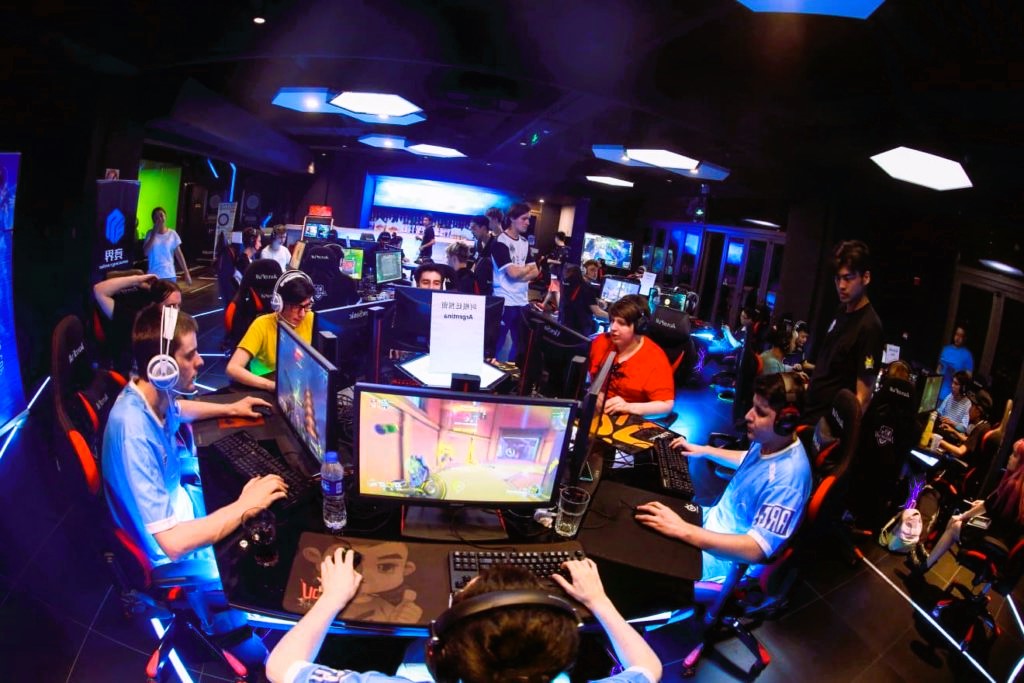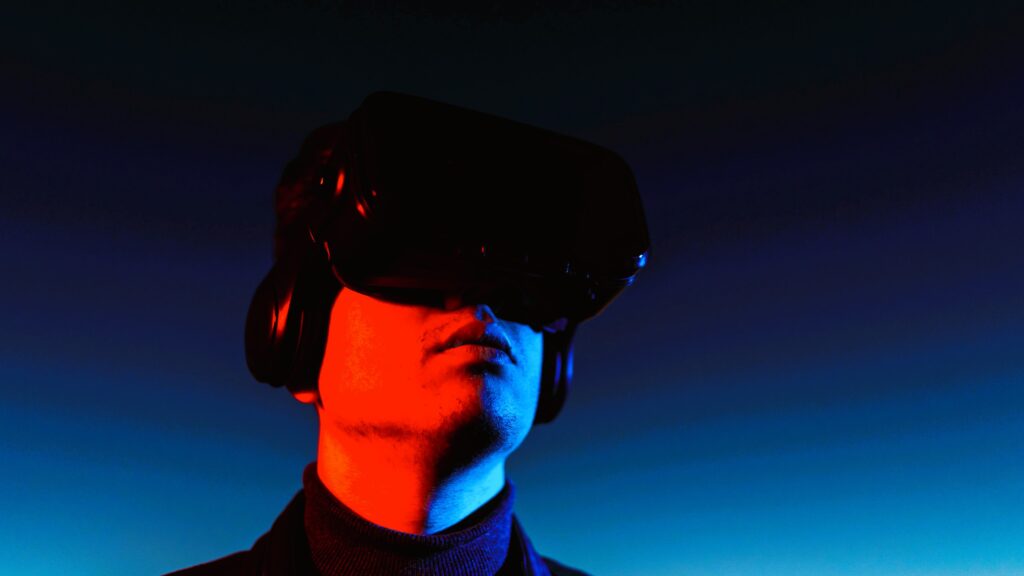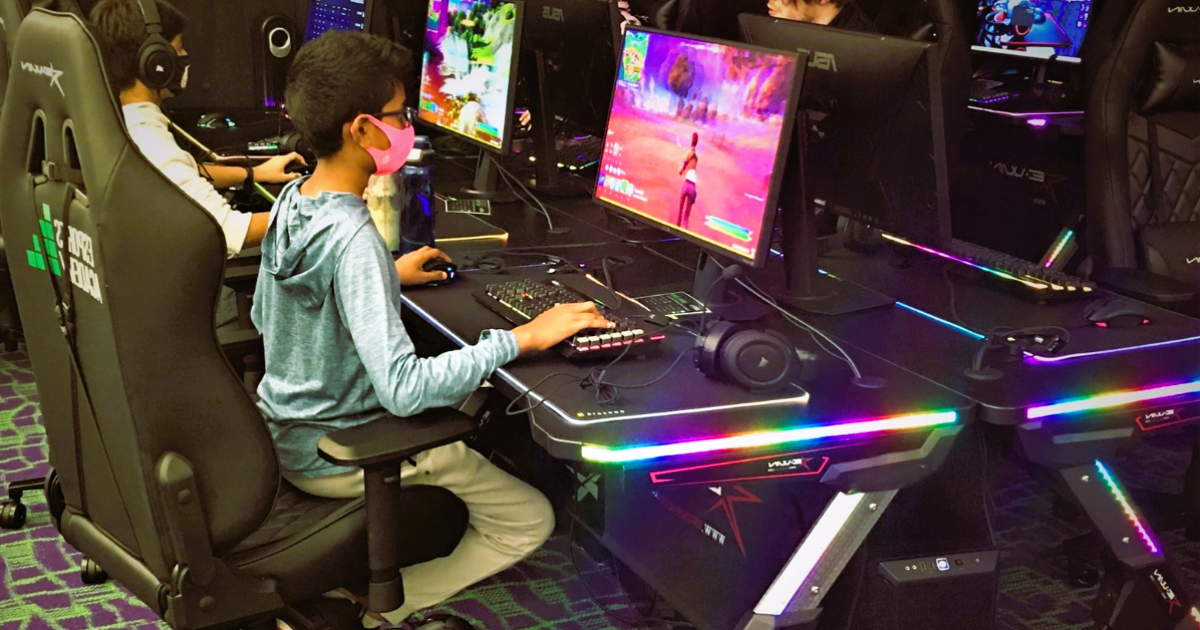Esports, or electronic sports, has emerged as a global phenomenon, captivating audiences with competitive gaming at a scale never seen before. While the skills of players and the popularity of specific games play crucial roles, the backbone of esports lies in gaming software. This article explores the profound impact of gaming software on the world of esports, examining how it shapes competitions, influences player performance, and contributes to the growth of this rapidly expanding industry.
I. The Foundation of Esports: Gaming Software
A. Game Selection: The choice of games is central to the success of esports. Gaming software serves as the foundation, dictating the mechanics, balance, and overall competitiveness of each title. Popular esports games like League of Legends, Dota 2, and Counter-Strike: Global Offensive have become pillars of the esports ecosystem.
B. Balance and Fair Play: Gaming software plays a crucial role in ensuring fair play and balanced competition. Esports titles undergo continuous updates and patches to address issues, introduce new content, and maintain a level playing field for all participants.
II. Esports-Optimized Features:

A. Spectator Modes: Gaming software designed with spectator modes enhances the viewing experience for esports audiences. Features like dynamic camera angles, player perspectives, and real-time statistics contribute to the excitement and engagement of esports broadcasts.
B. Esports Integration: Some games are developed or adapted with esports in mind. These titles incorporate features specifically tailored for competitive play, such as tournament modes, team management tools, and in-game overlays that facilitate live streaming and commentary.
III. Player Performance and Training:
A. Precision and Responsiveness: Gaming software directly influences player performance by providing precise and responsive controls. Esports athletes rely on the accuracy of their inputs, and any lag or inconsistency in the software can impact their competitive edge.
B. Customization and Configuration: Professional esports players often have specific preferences regarding in-game settings. Gaming software that allows for customization of controls, graphics, and audio settings enables players to optimize their gaming environment for peak performance. Do you like the article? Read about Game Hosting Security.
IV. Technological Advancements:
A. Graphics and Realism: Technological advancements in gaming software contribute to the visual appeal of esports. High-quality graphics, realistic animations, and immersive environments enhance the spectator experience and elevate the overall production value of esports events.
B. Virtual Reality (VR) and Augmented Reality (AR): The integration of VR and AR technologies in gaming software opens up new possibilities for esports. Titles exploring these technologies provide unique experiences for both players and audiences, pushing the boundaries of what is possible in competitive gaming.
V. Game Development and Esports Synergy:
A. Developer Support: Strong developer support is essential for the success of esports titles. Ongoing updates, patches, and communication with the community ensure that the gaming software remains competitive, balanced, and aligned with the evolving needs of the esports ecosystem.
B. Esports-Focused Features: Developers often collaborate with esports organizations to implement features that cater specifically to the needs of professional players and tournament organizers. This collaborative approach strengthens the synergy between game development and the esports industry.
VI. Challenges and Considerations:
A. Cheating and Security: The esports industry faces challenges related to cheating and security breaches. Gaming software must continually evolve to implement robust anti-cheat measures and ensure the integrity of competitive play.
B. Compatibility and Standardization: Standardization of gaming software is crucial for the esports ecosystem. Compatibility issues between different versions of games can disrupt tournaments and impact player experiences, emphasizing the need for industry-wide standards.
VII. Esports Broadcasting and Commentary:
A. User Interfaces for Broadcasts: Gaming software contributes to the creation of user interfaces specifically designed for esports broadcasts. Overlay systems, player statistics, and dynamic graphics enhance the viewing experience for audiences, providing context and insights during matches.
B. Commentary Tools: Esports commentators rely on features within gaming software to provide real-time analysis and insights. Tools that showcase player perspectives, highlight key moments, and offer in-depth statistics empower commentators to deliver engaging narratives during live broadcasts.
VIII. The Global Impact of Gaming Software on Esports:

A. International Competitions: Gaming software has facilitated the rise of international esports competitions. Players from different regions can compete on a global stage, showcasing their skills and contributing to the globalization of competitive gaming.
B. Regional Preferences and Trends: The impact of gaming software on esports is also evident in regional preferences and trends. Certain titles may dominate in specific regions, influenced by cultural preferences, player demographics, and historical gaming landscapes.
IX. The Future of Gaming Software in Esports:
A. Emerging Technologies: The future of gaming software in esports is intertwined with emerging technologies. Continued advancements in AI, VR, and AR are likely to introduce new dimensions to competitive gaming, pushing the boundaries of what is possible.
B. Cross-Platform Play and Integration: The trend of cross-platform play, facilitated by compatible gaming software, is expected to grow. This integration allows players from different platforms to compete against each other, fostering a more inclusive and interconnected esports community.
Conclusion:
The impact of gaming software on esports is multifaceted, shaping the competitive landscape, enhancing player experiences, and influencing the global reach of esports. To stay updated on the latest developments in gaming software and its impact on esports, explore articles and discussions on reputable gaming platforms like GameSpot. These platforms serve as valuable resources for insights, reviews, and analyses of the dynamic relationship between gaming software and the ever-evolving world of esports.


